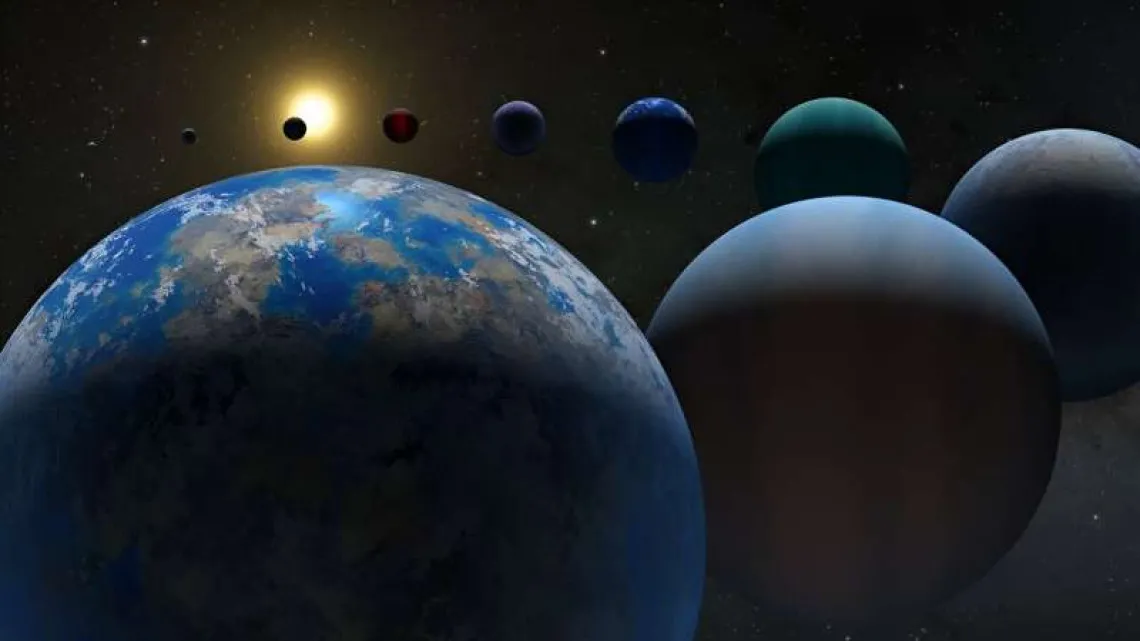Why Build Megastructures? Just Move Planets around to Make Habitable Worlds

An artist view of countless exoplanets.
NASA/JPL-Caltech
In 1960, Freeman Dyson proposed how advanced civilizations could create megastructures that enclosed their system, allowing them to harness all of their star's energy and multiplying the habitable space they could occupy. In 2015, the astronomical community was intrigued when the star KIC 8462852 (aka Tabby's Star) began to dim inexplicably. While an analysis of the star's light curve in 2018 revealed that the dimming pattern was more characteristic of dust than a solid structure, Tabby's Star focused attention on the concept of megastructures and their associated technosignatures.
Dyson's ideas were proposed at a time when astronomers were unaware of the abundance of exoplanets in our galaxy. The first confirmed exoplanet was not discovered until 1992, and that number has now reached 5,514. With this in mind, a team of researchers from Bangalore, India, recently released a paper on the preprint server arXiv that presents an alternative to the whole megastructure concept. For advanced civilizations looking for more room to expand, taking planets within their system—or capturing free-floating planets (FFP) beyond—and transferring them into the star's circumsolar habitable zone (HZ) is a much simpler and less destructive solution.
The possibility of advanced civilizations building giant structures to harness the energy of their stars is time-honored, with examples going back to the early 20th century. The earliest examples include John Desmond Bernal's Bernal sphere, which he detailed in his 1929 work "The World, the Flesh & the Devil." According to Bernal, the source of the material for building such structures "would only be in small part drawn from the Earth; for the great bulk of the structure would be made out of the substance of one or more smaller asteroids, rings of Saturn or other planetary detritus."
